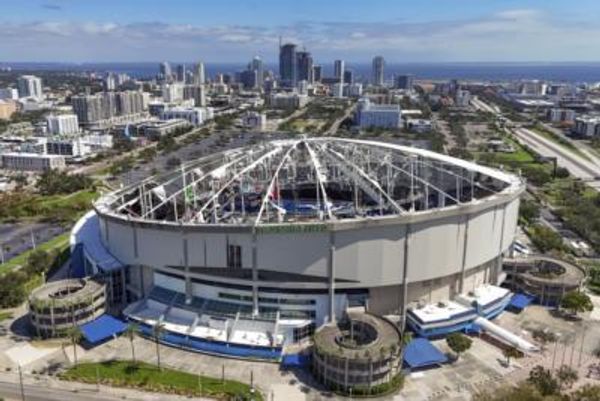
Saint-Louis (Senegal) (AFP) - An intricately detailed balcony, a coat of fresh paint and large bay windows opening onto the street: this house, in Saint-Louis, northern Senegal, has regained its former glory.
Next to it, one building has been gutted and another is about to collapse.
The house is one of several that have recently been refurbished, part of a movement to renew the face of Saint-Louis, the former colonial capital of French West Africa, which has been a UNESCO World Heritage Site since 2000.
It follows a long period of political and economic decline that has left the historic architecture and other cultural heritage in a state of disrepair.
Amadou Diaw, a local business magnate, is trying to help "revitalise the city while preserving its identity".
He buys up old, dilapidated houses to restore and transforms them into museums.
He has opened seven so far, including one on photography, and says he plans to continue.
"We have to put this city on the cultural map of the continent," said Diaw, adding that he has already invested two million euros into the initiative.
With its grid street plan, large, airy houses and metal bridge linking it to the mainland, the island of Saint-Louis -- which sits in the Senegal River delta -- still offers glimpses of a former era, when it was enriched by the trade of slaves, gum arabic and animal skins.
In 1957, the capital of Senegal was moved to Dakar.Soon neglected, Saint-Louis became a lethargic symbol of the past.
Hopes and threats
Now, Saint-Louis is facing a new threat: rising sea levels.
But a large gas deposit discovered off its coast -- slated for exploitation by the end of 2023 -- has given residents hope of a renaissance.
The conservation movement, which has been driven by private individuals and funded by public donors, is gaining momentum.
The city's cathedral was refurbished in 2020.Then the French Development Agency (AFD) began renovating 16 privately-owned houses -- a 2.2-million-euro endeavour, to which the homeowners are contributing about 15 percent.
Following those initiatives, the World Heritage Committee opted not to include the island of Saint-Louis on its list of endangered heritage sites.
That's despite UNESCO having long highlighted the "extremely poor" state of many buildings in Saint-Louis, "endangering their occupants" and "affecting the integrity and authenticity" of the city.
Alpha Ndiaye, 69, a now-retired pharmacist's assistant, says his house fell to ruin after years of neglect.
"It was very nice -- you would enter through the big door and then go up the stairs opposite", he said, tracing a floor plan with a finger in the sand.
"When everything collapsed, I was very sad -- I would have liked it to be rebuilt as it was before," he said, standing in front of the ruined building, with large, rounded doors and vast rooms hinting at ancient splendour.
Succession problems
One major problem when it comes to restoring the houses is the question of succession.
"Sometimes we don't know who the heirs are and therefore who the owners are," Deputy Mayor Aida Mbaye Dieng told AFP.
Fatima Fall, director of the Centre for Research and Documentation of Senegal, campaigns to raise awareness among Senegalese people about the wealth of their cultural heritage.
"There are also those who prefer modern comforts to the charm of old houses, those who do not respect standards because it is cheaper, and owners who have left the city and no longer want to invest," she noted.
On a recent visit to the Bou El Mogdad, a restored former cargo ship that is now used for tourist cruises, AFP met students from Dakar's Cheikh Anta Diop University learning about the city's treasures.
"I've always heard about Saint-Louis without really knowing it", said El Hadji Yadaly Ba, a student journalist, adding that the city could serve as a bridge between cultures and boost tourism.
"For me, this city was associated with France -- it suffers from this image even though its history is very rich and complex," he said.







